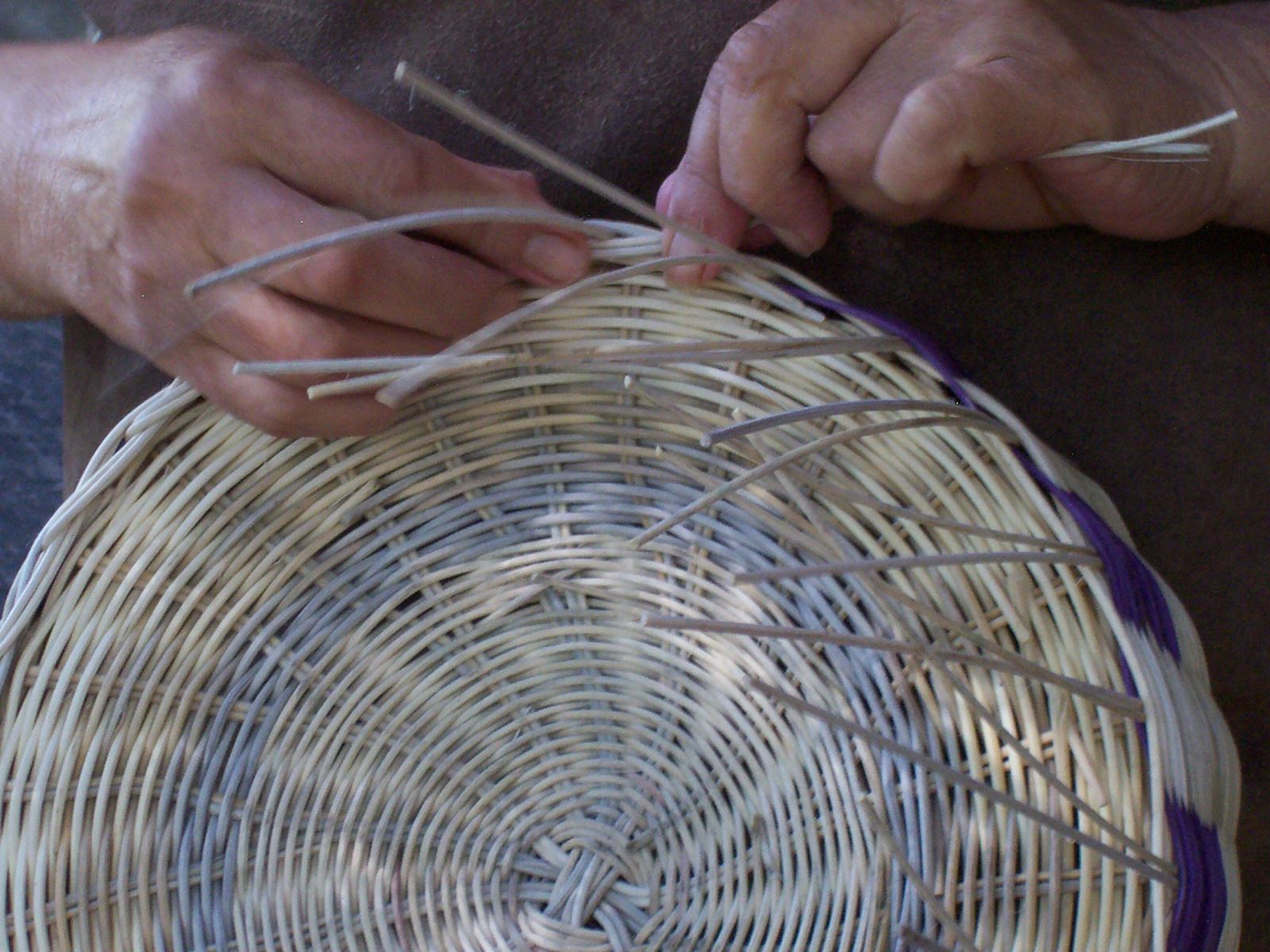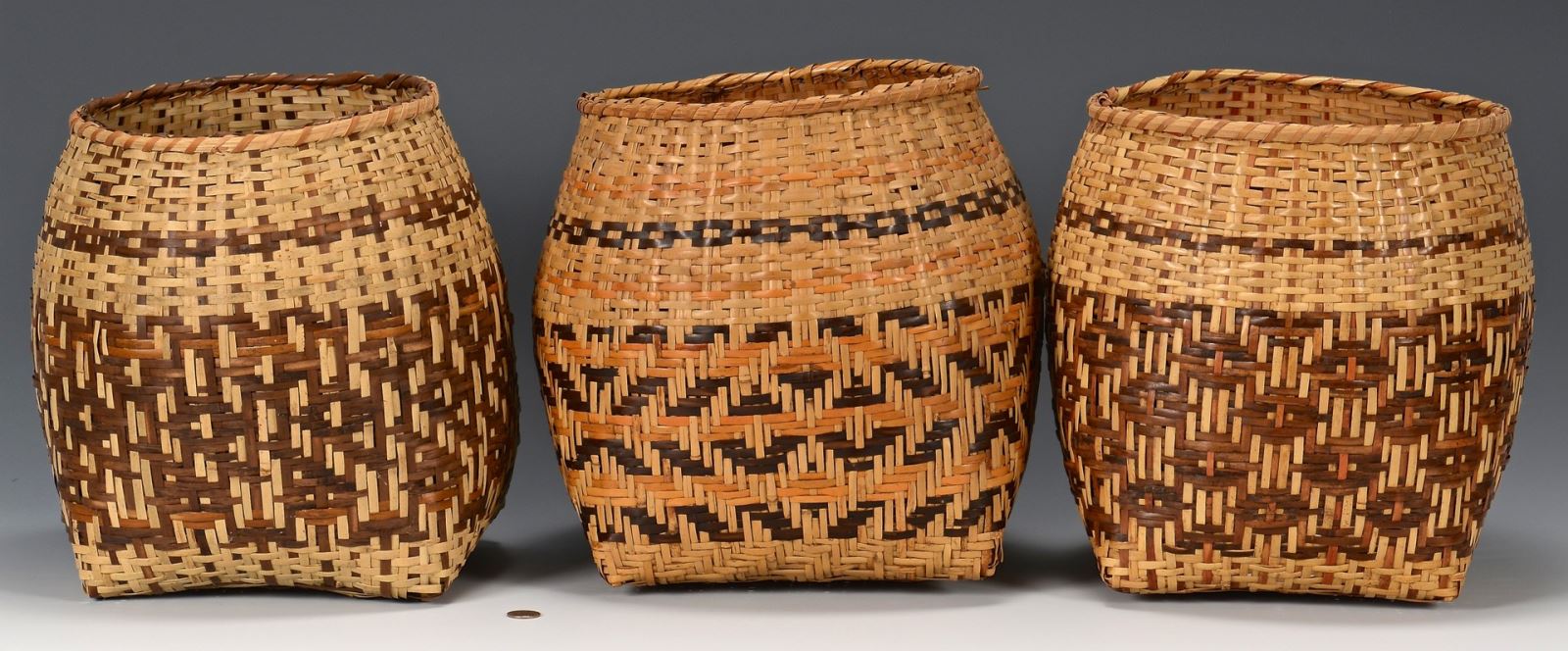
River cane (Arundinaria gigantean) is traditionally a very important plant to both humans and wildlife in Buncombe County. The earliest settlers of the region, the Eastern Band of Cherokee Indians, traditionally split it lengthwise and made coverings for the walls of their houses by strapping the long halves parallel. They also fashioned woven baskets and fire-forged darts out of the abundant river cane to fell birds with blow guns.
Researchers estimate that nearly 98% of canebrakes – or large contiguous areas of river cane – have been lost since European settlers arrived in the North Carolina mountains. Buncombe County Recreation Services is leading the way to protect this native plant and engage the community in sustainable practices to re-establish natural canebrakes at public parks such as Buncombe County Sports Park and Alexander River Park.
Working with partners including Revitalization of Traditional Cherokee Artisan Resources (funded by Cherokee Preservation Foundation and operated through the Cherokee Reservation Cooperative Extension), Asheville GreenWorks, MountainTrue, and RiverLink, this hearty and beautiful bamboo grass is making a comeback. Next time you see a sign posted in a protected propagation area, know that local residents are helping restore canebrakes along streams, creeks, and rivers through a labor-intensive process.

Re-establishing natural canebrakes reinforces the cultural heritage of the Eastern Band of Cherokee Indians and will eventually be harvested to provide supplies for beautiful and useful crafts. It also plays a role in local ecosystems.
In ecological terms, river cane was historically abundant in western North Carolina, reaching heights of up to 39 feet. However, following agricultural development, canebrakes – which occur in rich, bottomland areas – were nearly destroyed as their natural habitat was converted to farmland. These past forests supported plentiful fauna, including several wildlife species now extinct such as Bachman’s warbler, the Passenger pigeon, and the Carolina parakeet.
River cane riparian areas help reduce nitrogen and phosphorus from our waterways through natural filtration. Thirty feet of river cane reduces these elements from entering streams and rivers through surface and ground water run-off by as much as 80%, proving this hardy and beautiful grass has both cultural and ecological value.
To receive the I Heart Parks monthly newsletter, sign up online.
Follow Buncombe County Recreation Services on Facebook and Instagram.
.jpg)